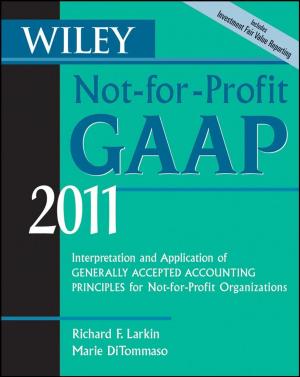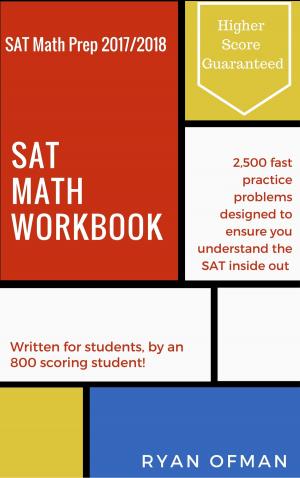| Author: | Charley Green | ISBN: | 9781458131300 |
| Publisher: | Charley Green | Publication: | June 12, 2011 |
| Imprint: | Smashwords Edition | Language: | English |
| Author: | Charley Green |
| ISBN: | 9781458131300 |
| Publisher: | Charley Green |
| Publication: | June 12, 2011 |
| Imprint: | Smashwords Edition |
| Language: | English |
Debt-Free College Education is designed to assist and guide parents as well as educators in helping future collegians develop self-reliant attitudes about money along with realistic financial plans. The goal is to help avoid the burden of excessive student loans and unnecessary credit card debt.
This book is intended to focus attention and solutions on the following issues of critical importance to parents, students and educators.
•The cost of attending college has doubled in the last ten years and projected to triple in the next twenty.
•Obtaining a college education without incurring substantial debt is an ongoing challenge for parents and students alike.
•The average college senior graduated with a debt burden (student loans and credit cards) over $30,000.00.
•A majority of students have not been taught real-life financial skills either in the home or within our educational system.
•Total national student loan debt is at One Trillion Dollars!
Utilizing the best resources available including this book, parents and educators must advocate the teaching of as well as modeling, in words and deeds, effective financial practices and behaviors. Only then will students be prepared to deal with the financial realities of life before, during and after college.
The importance of teaching our children the value, benefit and rewards of a solid financial education cannot be understated. It must be kept in mind; our college graduates will become future parents as well as leaders of our communities, states and country.
The goal of this book is to reach as many parents as possible encouraging them to model sound financial practices for their children to emulate. Additionally, persuade educators to implement specific course requirements for all grade levels that include; financial education, economic history along with real life case study projects.
A special few of those parents and educators who read this book will embrace as well as put into action many of these ideas and principles. Those who don’t are compromising the young adult’s long-term future by allowing them to take the easy, burdensome, loan way out in the pursuit of a higher education.
Debt-Free College Education is designed to assist and guide parents as well as educators in helping future collegians develop self-reliant attitudes about money along with realistic financial plans. The goal is to help avoid the burden of excessive student loans and unnecessary credit card debt.
This book is intended to focus attention and solutions on the following issues of critical importance to parents, students and educators.
•The cost of attending college has doubled in the last ten years and projected to triple in the next twenty.
•Obtaining a college education without incurring substantial debt is an ongoing challenge for parents and students alike.
•The average college senior graduated with a debt burden (student loans and credit cards) over $30,000.00.
•A majority of students have not been taught real-life financial skills either in the home or within our educational system.
•Total national student loan debt is at One Trillion Dollars!
Utilizing the best resources available including this book, parents and educators must advocate the teaching of as well as modeling, in words and deeds, effective financial practices and behaviors. Only then will students be prepared to deal with the financial realities of life before, during and after college.
The importance of teaching our children the value, benefit and rewards of a solid financial education cannot be understated. It must be kept in mind; our college graduates will become future parents as well as leaders of our communities, states and country.
The goal of this book is to reach as many parents as possible encouraging them to model sound financial practices for their children to emulate. Additionally, persuade educators to implement specific course requirements for all grade levels that include; financial education, economic history along with real life case study projects.
A special few of those parents and educators who read this book will embrace as well as put into action many of these ideas and principles. Those who don’t are compromising the young adult’s long-term future by allowing them to take the easy, burdensome, loan way out in the pursuit of a higher education.















